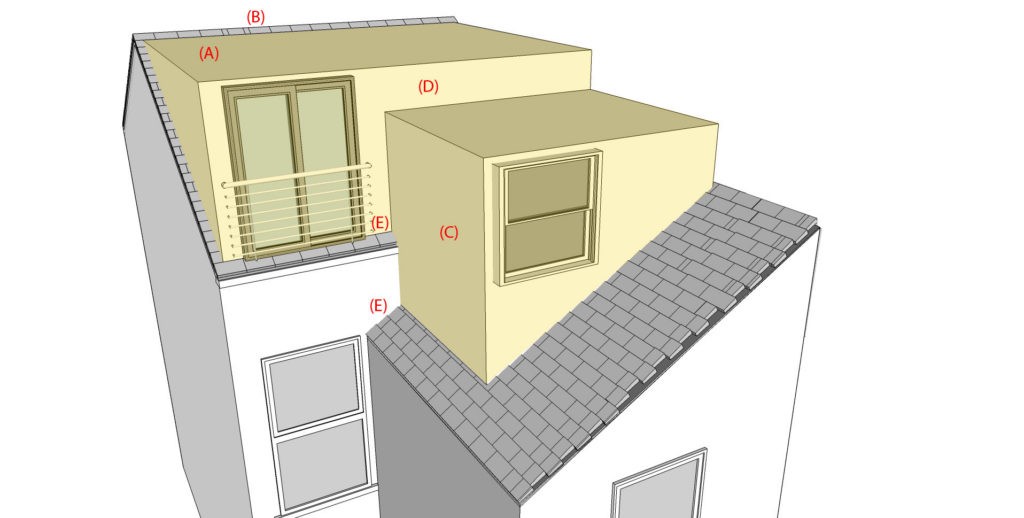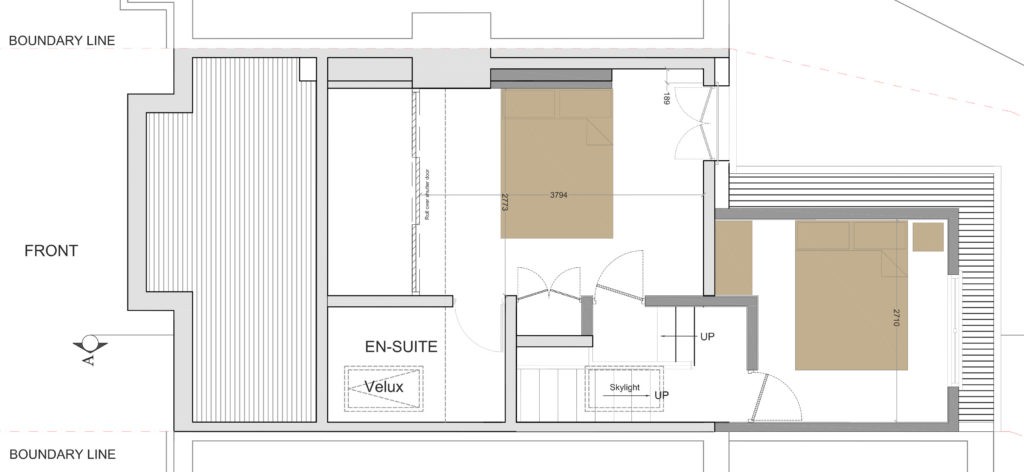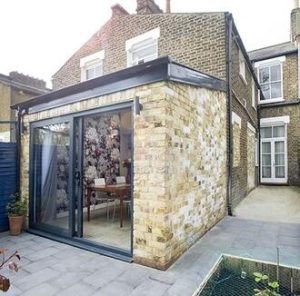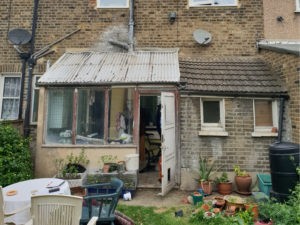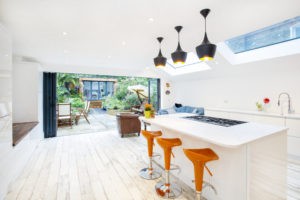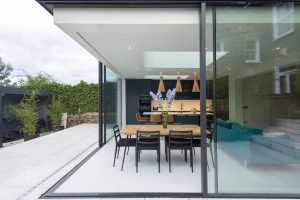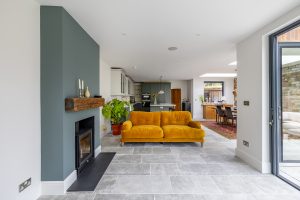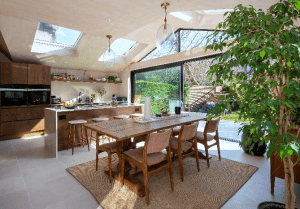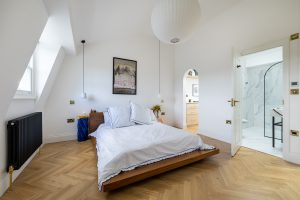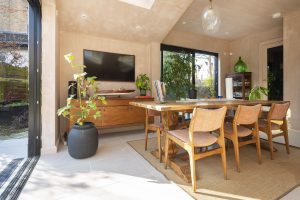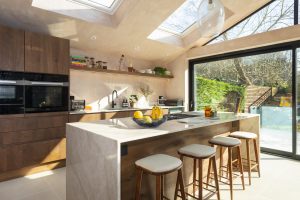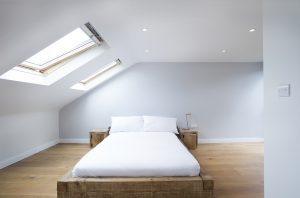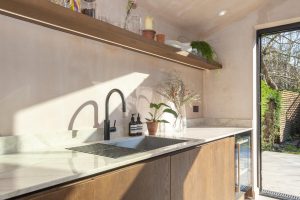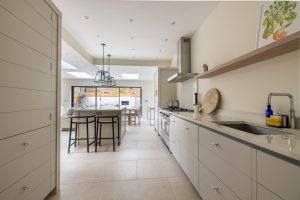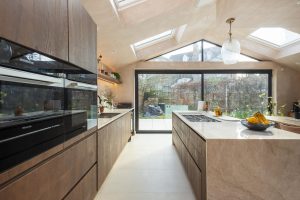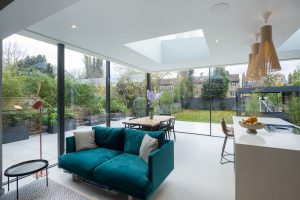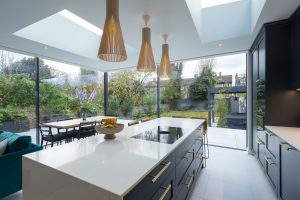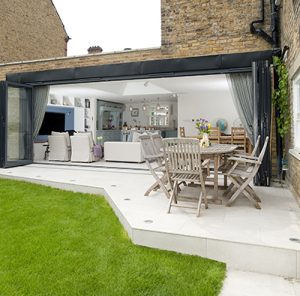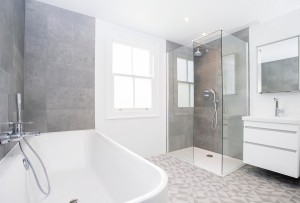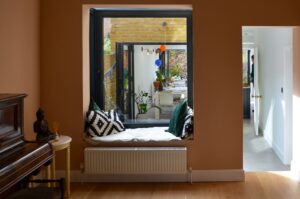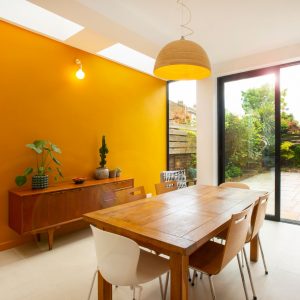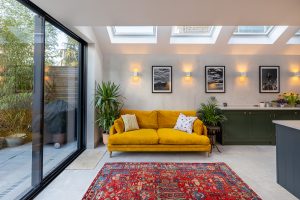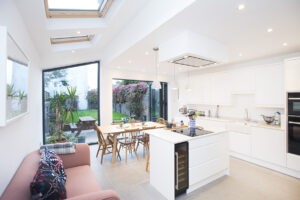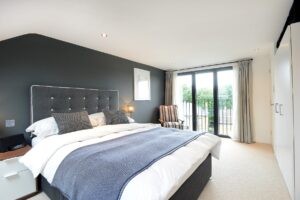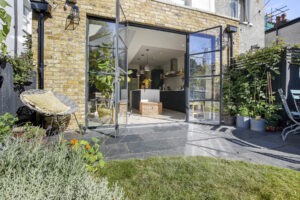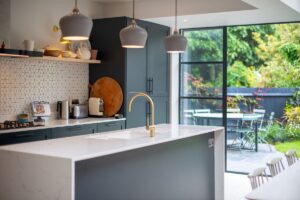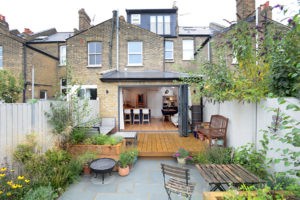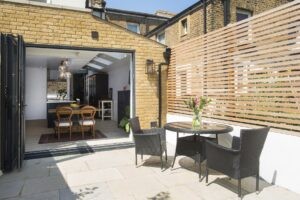Lofts conversions are a fantastic way to gain some much needed space as they are usually very generous in the floor area that they add. Our Design Team have loads of design solutions but they are subject to a properties specific characteristics and local planning policy. When it comes to planning permission, the type of application you choose to submit can impact your design. We typically work by carrying out the design work first, and then we look at which application would be best suited – be that via a Full Planning Application or a Permitted Development (PD) Application. We do get some clients who know they want to submit under PD and so in that case, we design with that in mind.
What is Permitted Development?
Permitted Development is a type of planning application which you can submit as an alternative to a Full Planning Application. It’s important to note that this application does still require a full set of planning drawings and it does hold a similar determination period to a full planning application (8 weeks).
Permitted Development is different to a full planning application in that its restrictions are factual, rather than open to interpretation. This means that as long as you adhere to the rules, the application shouldn’t be rejected.
When is Permitted Development allowed?
Most houses in London will allow for Permitted Development to be used however there are a few exceptions; if you are a flat or within a maisonette, then you will not be able to submit a Permitted Development Application. Equally, there are specific areas that will not allow for this type of application, such as a Conservation Area, National Parks and a World Heritage Site.
What are the restrictions?
There are a few restrictions that you need to consider for Permitted Development. They are there to limit the extension to ensure the design is not to creating a negative impact within the area. The restrictions are:
– The dormer cannot exceed the height of the original ridge line (A)
– The dormer cannot be constructed on any front elevation that is facing a main road (B)
– For a terraced house, the new roof volume cannot exceed 40 cubic metres (C)
– The materials used on the exterior must be of similar appearance (D)
– The original eaves of the roof must be maintained; this can be achieved by stepping back the dormer by 20cm (E
Why should I use Permitted Development?
Despite the restrictions on size, most Permitted Development designs can actually give you more space than other applications. For example with the volume allowance in place, you can get an L-shape dormer. If you submit a full planning application, we usually have to justify the size by comparing the scheme to others in the area. If you don’t have others in the area you don’t have precedent and the application may be rejected.
Permitted Development is an application that we would recommend for lofts. Although you might be more limited on the design, we believe that you can get the most out of a terraced house roof from this application. If you wish to know more book in a site visit now with a member of our Architectural Team and we can talk you through your design options.



